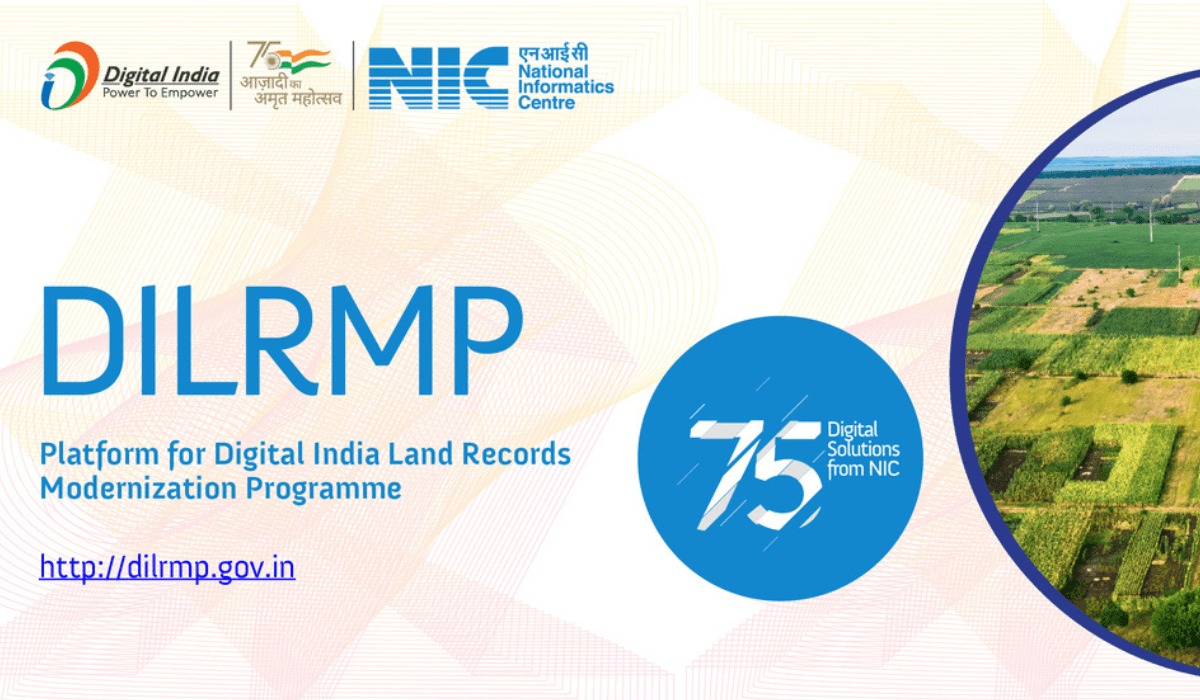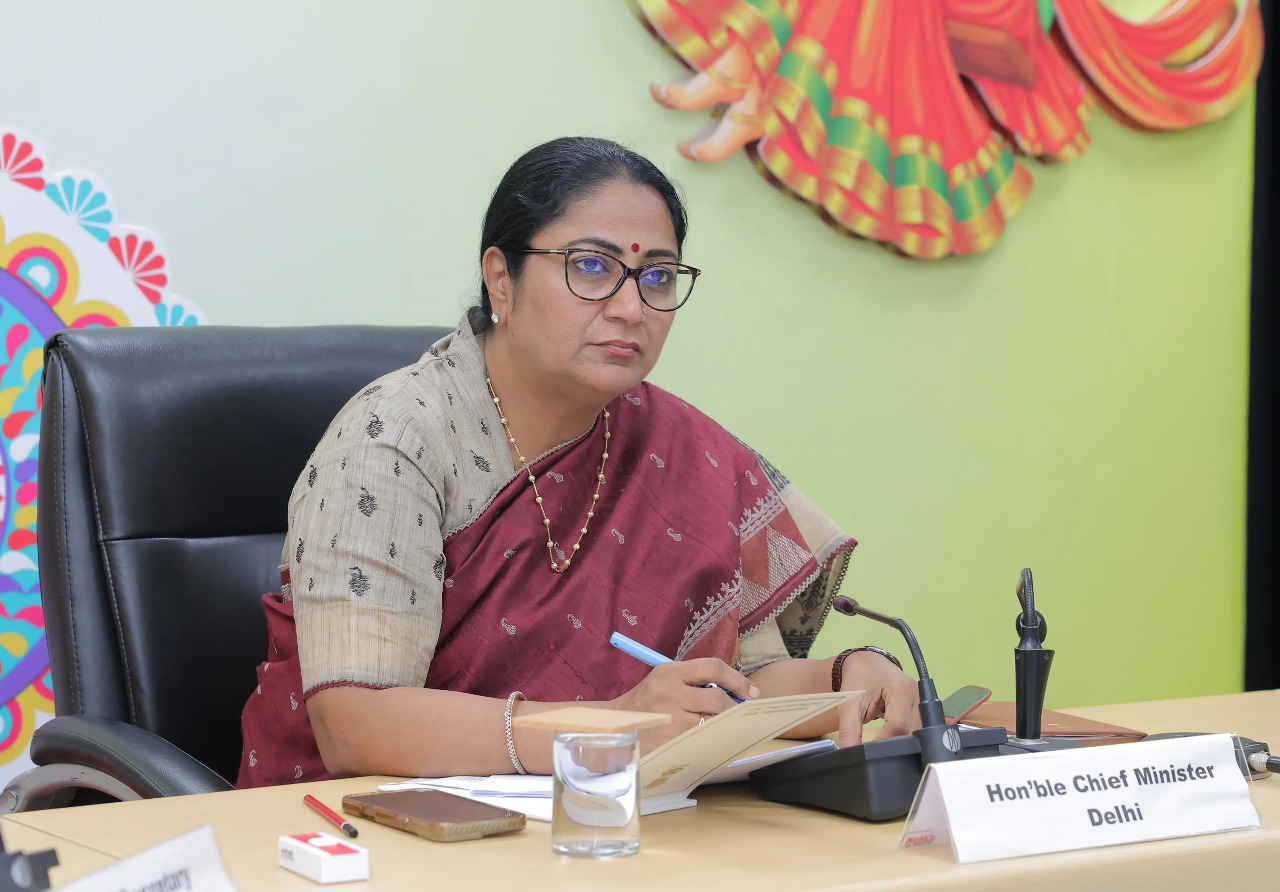 Image Source : Housing
Image Source : Housing
Key Highlights
-
The central government has announced December 2025 as the target date for complete digitisation of land right records, aiming to cover the entire country except the north-eastern states and Ladakh.
-
According to the latest updates, an impressive 99.8% of available land records (around 372.12 million) have already been digitised nationwide.
-
Digitisation efforts also include converting 97.3% of cadastral maps and computerising 89.7% of revenue courts, along with full digital integration of all sub-registrar offices.
-
The push for digital land records is expected to drive land reforms, boost economic growth, and minimize property disputes.
-
The initiative is part of the Digital India Land Records Modernization Programme (DILRMP), started in 2016 and fully funded by the central government, with states acting as key implementation partners.
Why This Move Matters
Digitizing land records is critical for providing citizens with clear ownership documentation, reducing instances of fraud and disputes, and enabling transparent property transactions.
Real-time, tamper-proof digital records will help ease lending, property registration, and urban planning, benefitting government, industry, and individual landowners.
The reform is positioned to strengthen markets and accelerate medium- to long-term economic growth, especially amid shifting global and trade headwinds.
Programme Details and Milestones
Launched in 2016, the DILRMP has modernized property and land records management via digital mapping, geospatial surveying, integration with Aadhaar and banking databases, and more.
Surveys using satellites and drones have allowed for more accurate boundary determination and ownership mapping in pilot cities.
Several states have rolled out online portals where citizens can access their land records, check mutation status, obtain certified copies, and even monitor ongoing disputes.
The December 2025 deadline represents the final sprint, with remaining work mostly in regions with community land ownership or where records are yet to be consolidated.
Regional Challenges and Exclusions
Most of the north-eastern states and Ladakh are exceptions for now due to unique community land tenure systems and less complete official records.
Discussions are ongoing between Centre and states to address bottlenecks and ensure that local complexities are taken into account, with digitisation possibly rolling out in stages for these regions in the future.
Impact on Citizens and the Economy
Digital land records empower individuals, especially marginalized farmers and tribal communities, by providing access to secure land titles and legal protection.
Reduced time and cost for land-related documentation, enhanced ability for owners to secure bank loans against property, and easier buying, selling, and inheritance.
The government emphasizes that digitisation will not affect people’s ownership—it merely modernizes how those rights are recorded and accessed.
Future Outlook
The Centre sees digital land records as a foundation for future land reforms, which may include guaranteed title certificates and improved dispute resolution.
With almost all data digitized, the focus now is on integration, spot verification, and long-term system maintenance to ensure continuous accuracy and transparency.
The success of the drive is expected to be a catalyst for other digital reforms, including direct benefit transfers, e-governance enhancements, and smart city initiatives.
Source: Economic Times, Times of India, Ghar.tv, Department of Land Resources, Government of India
Advertisement
Advertisement





